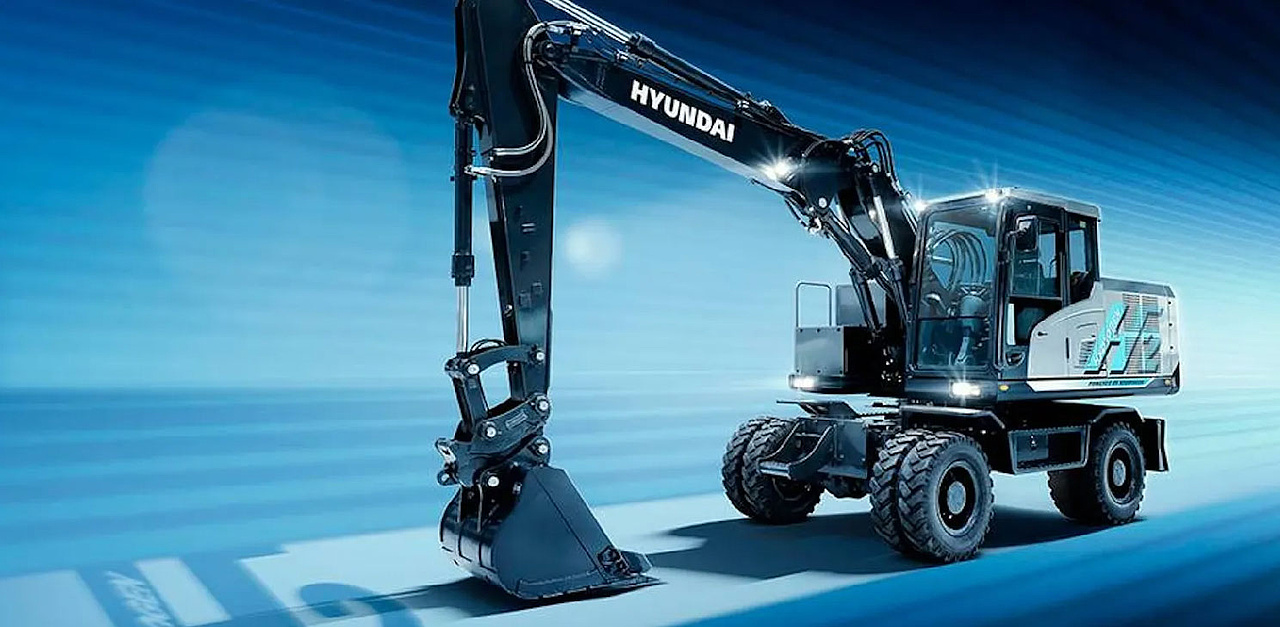Single-use systems (SUS) have become more and more commonplace as technological advances ranging from material properties and implementation of Industry 4.0 have helped boost its growth in the biopharmaceutical manufacturing sector. In contrast to traditional bioprocessing, relying on durable stainless steel equipment, modern single-use systems (SUS) engage in the single use of disposable components.
Compared to single-use systems, traditional production with stainless-steel equipment is generally expensive and thus requires a high degree of maintenance for re-use and hence high operational expenditures for several years. They also require clean-in-place (CIP) and sterilize-in-place (SIP) procedures and final validation of re-used bioprocessing equipment that are time-consuming and binding resources to ensure the equipment is ready for the next batch.
Cost reduction
Single-use facilities are easier to maintain as carrying out complex production stages like CIP and SIP and the costs associated are no longer necessary. Direct labour costs for installation, as well as costs for water and chemicals, can be minimised. Additionally, as the facilities do not require cleaning and sterilisation, this leads to a prolonged operating life and further reduction of the total cost of ownership. SUS solutions help reduce initial investment as well as R&D costs as initial investment costs are approximately 40% lower than the price for a comparable stainless-steel facility.
Increased productivity
Costs and the complexity of automation are markedly reduced, and complex steps like cleaning and validation between the separate production stages can be omitted, leading to greater productivity as SIP and CIP procedures no longer need to take place, freeing up labour and lowering costs.
Simplified disposal
Single-use systems do not require any cleaning and disinfection and can just be disposed of immediately after their utilisation. In contrast, recycling of stainless steel involves melting processes and is a very energy-consuming process.
Sustainability
Traditional manufacturing requires large amounts of energy to heat the steel equipment to operating temperatures and consumes a lot of different media between and during runs, such as pressurised air, several types of water in several qualities, exhaust air, and wastewater. Single-use assemblies are shown to allow large reductions of media consumption when compared to steel-equipment plants, reducing the carbon footprint by 40%. Single-use biotechnology systems are mostly made of plastics, which can be recycled in the form of other plastic items or alternatively be incinerated to release their stored chemical energy for electricity or heat generation.
Cross-contamination risk minimized
A point of concern for biotech companies when reusing equipment is the risk of cross-contamination between batches and products. Although measures are taken to reduce the risk for the end user, rare mistakes might still happen. Single-use solutions render cross-contaminations virtually impossible, since the whole setup is disposed of when the batch is transferred to the next manufacturing step.
To discuss aseptic processing and the key issues facing the industry, connect with solution providers and network with delegates, attend the 4th Aseptic BioPharma Processing Summit in Vienna, Austria, on October 7-8, 2025.
For more information, visit our website or email us at info@innovatrix.eu for the event agenda. Visit our LinkedIn to stay up to date on our latest speaker announcements and event news.













